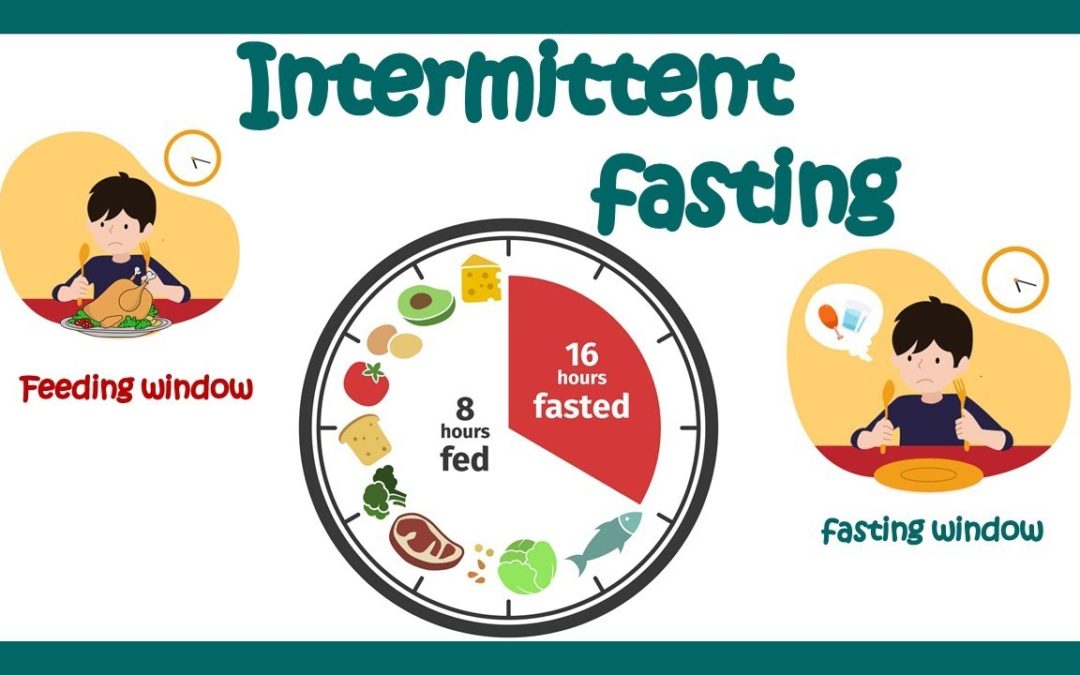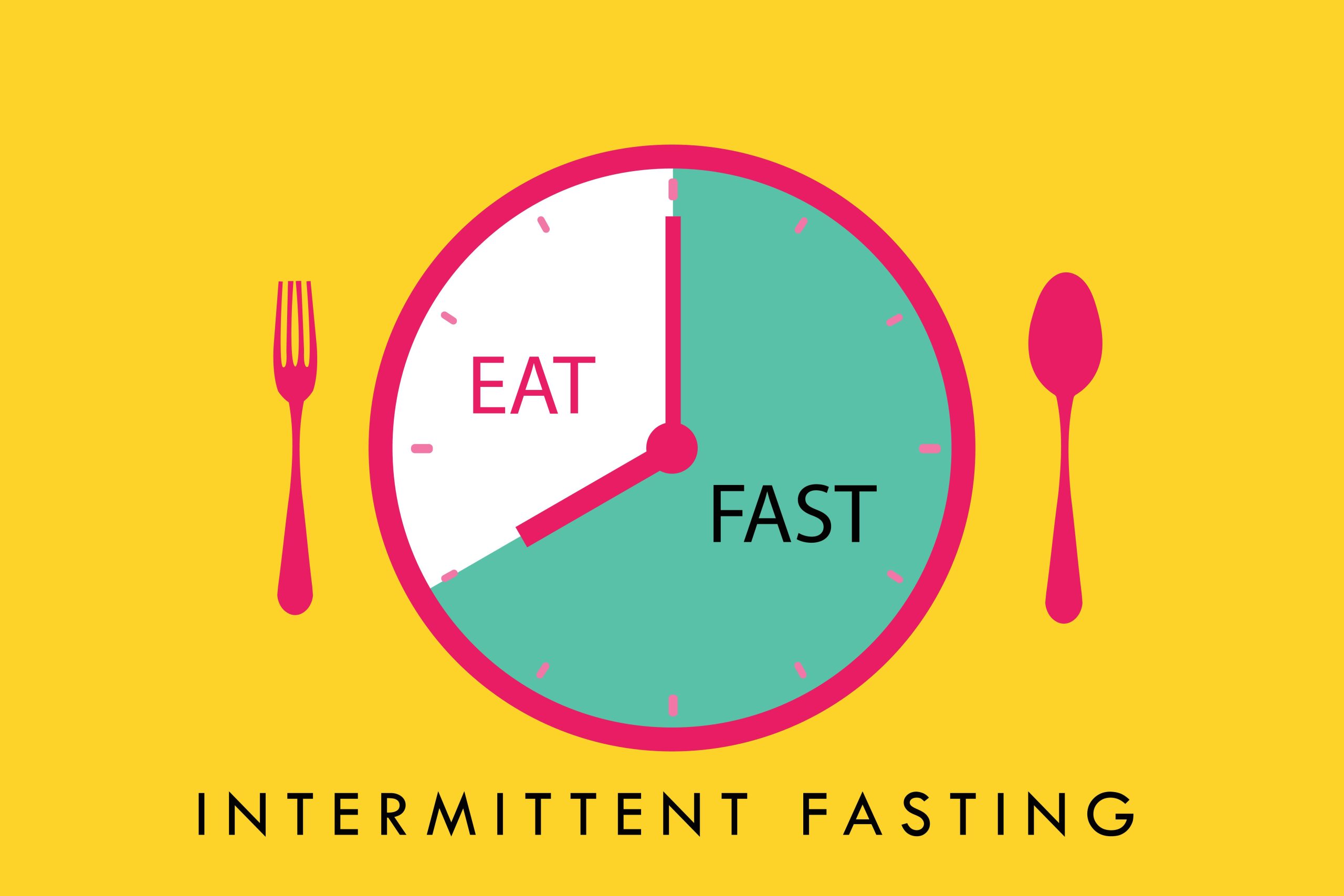In the bustling world of health and wellness, where new diets emerge seemingly daily, intermittent fasting (IF) has risen above the noise, not as a fad, but as a sustainable lifestyle change with a compelling scientific backbone. Yet, for all its popularity, many still wonder: “What’s the best intermittent fasting approach for weight loss?” The truth isn’t a one-size-fits-all answer, but rather a journey of discovery to find the optimal rhythm for your body and your life.
This article isn’t just another rehash of IF basics. We’re going to dive deeper, exploring unique angles and cutting-edge insights to help you fine-tune your fasting experience for maximum fat loss, improved metabolic health, and lasting success. Get ready to go beyond the clock and truly understand the nuances of the optimized fast.
Why Intermittent Fasting Works for Weight Loss
Before we uncover the “best” methods, let’s quickly recap why IF is so effective. It’s not magic; it’s smart physiology.
-
Calorie Deficit, Naturally: By restricting your eating window, you naturally tend to consume fewer calories overall. It’s harder to overeat in an 8-hour window than across a 16-hour day.
-
Insulin Sensitivity & Fat Burning: When you fast, your insulin levels drop significantly. Low insulin signals your body to switch from burning glucose (sugar) for energy to burning stored fat. This is the metabolic magic bullet for weight loss.
-
Hormonal Optimization: IF can positively influence growth hormone (which aids in fat loss and muscle preservation) and norepinephrine (which boosts metabolism).
-
Autophagy Activation: This cellular “self-cleaning” process, enhanced during fasting, removes damaged cells and can improve metabolic efficiency.

Finding Your Optimal Fasting Rhythm
Forget rigid rules. The most successful intermittent fasters understand that flexibility and personalization are key. Here are some novel perspectives to consider when crafting your “best” IF strategy:
1. The Circadian Fast: Synchronizing with Your Body’s Natural Clock
While many IF discussions focus solely on the eating window duration, the timing of that window is equally crucial. Circadian rhythm fasting aligns your eating period with your body’s natural sleep-wake cycle and digestive capabilities. Your body is generally more efficient at metabolizing food earlier in the day when insulin sensitivity is higher.
-
The Nuance: Instead of just a 16:8 fast, consider when your 8-hour window opens and closes. For most, an eating window from, say, 10 AM to 6 PM or 12 PM to 8 PM might be more beneficial than 4 PM to 12 AM. Late-night eating can disrupt sleep, impair insulin sensitivity, and even promote fat storage.
-
Your Action Plan: Experiment with an earlier eating window. Try to finish your last meal at least 2-3 hours before bedtime. Pay attention to your energy levels, sleep quality, and digestion. This small shift can often unlock better results than simply extending your fast.
2. The “Feast & Fast” Frequency: Iterative Fasting for Metabolic Agility
Most IF discussions center on daily routines (e.g., 16:8, 18:6). But what about the frequency of longer fasts? Introducing occasional, longer fasting periods (like 24-hour fasts once or twice a week, or even a 36-hour fast once a month) can significantly boost metabolic flexibility and accelerate fat loss. This isn’t about constant deprivation but about challenging your metabolism periodically.
-
The Nuance: Think of it as “metabolic workouts.” Just as you don’t lift heavy weights every day, you don’t need to do extended fasts daily. These longer fasts can deepen the state of ketosis, enhance autophagy, and reset hunger hormones more profoundly. The “best” schedule might involve daily shorter fasts (14-16 hours) coupled with 1-2 longer fasts (20-24 hours) per week.
-
Your Action Plan: Once comfortable with daily IF, gradually introduce a 20-hour fast once a week. If that feels good, consider a full 24-hour fast (dinner to dinner) once or twice a week. Always listen to your body and ensure adequate hydration during these longer periods.
3. The Quality Quotient: What You Eat Matters Even More
This might seem obvious, but it’s often overlooked in the race to simply restrict eating windows. The “best” intermittent fasting plan for weight loss isn’t just when you eat, but what you eat during your feeding window. Filling your eating window with processed foods, sugary drinks, and unhealthy fats will undermine all your fasting efforts.
-
The Nuance: Your eating window is a crucial opportunity to nourish your body and provide the fuel it needs. Focus on nutrient-dense, whole foods. Prioritize lean proteins (chicken, fish, eggs, legumes) for satiety and muscle preservation, healthy fats (avocado, nuts, olive oil) for sustained energy, and an abundance of fiber-rich vegetables for gut health and fullness. Limiting refined carbohydrates and added sugars is paramount.
-
Your Action Plan: Treat your eating window as a period of strategic fueling. Plan your meals to be balanced and nutrient-dense. Think about “breaking your fast” with something high in protein and healthy fats to stabilize blood sugar and keep you satisfied. This conscious effort makes a world of difference.
4. The Mind-Body Connection: Taming the Hunger Dragon & Stress Response
One of the most under-discussed aspects of successful IF is the psychological component. Learning to distinguish between true physiological hunger and emotional hunger, boredom, or habit is a game-changer. Stress management also plays a critical role, as chronic stress can elevate cortisol, leading to increased appetite and fat storage.
-
The Nuance: Your mindset during the fasting window can dictate success. Embrace the feeling of hunger as a sign that your body is tapping into fat stores. Develop non-food coping mechanisms for stress or boredom (e.g., exercise, meditation, hobbies). Adequate sleep is also non-negotiable, as poor sleep disrupts hunger hormones (ghrelin and leptin).
-
Your Action Plan: When hunger strikes during your fast, try drinking water, black coffee, or herbal tea. Distract yourself with an activity. Practice mindful breathing exercises. Prioritize 7-9 hours of quality sleep. Recognize that mastering your mind is as crucial as mastering your meal times.

The Fueling Philosophy: Tailoring Your Energy Source to Your Activity Levels
Many embark on intermittent fasting with a blanket approach to diet during their eating window. However, the “best” intermittent fasting strategy often involves a nuanced understanding of how to fuel your body based on your daily activity levels. This isn’t just about general healthy eating; it’s about optimizing your macronutrient intake to support your energy demands and accelerate fat loss, especially if you’re active.
-
The Nuance: On high-activity days (e.g., intense workouts, physically demanding work), your body might benefit from a slightly higher intake of complex carbohydrates to replenish glycogen stores and sustain performance, alongside ample protein. On lower-activity days, a more fat-centric approach with moderate protein and very low carbohydrates might be ideal to keep insulin low and encourage continuous fat burning. This dynamic fueling strategy prevents energy crashes and optimizes metabolic efficiency.
-
Your Action Plan: Start by tracking your activity. On days you plan a strenuous workout, consider consuming your carbs (like sweet potatoes, quinoa, or whole grains) closer to your workout time. On rest days or lighter activity days, focus heavily on healthy fats (avocado, nuts, seeds, olive oil) and lean proteins, with non-starchy vegetables providing your primary carb source. Learning to “carb cycle” or “fat cycle” within your eating window can fine-tune your results.
Integrating IF with Your Life, Not Isolating From It
One of the biggest hurdles for sustainable intermittent fasting isn’t the hunger; it’s the social challenge and the feeling of isolation. Birthdays, dinners with friends, family gatherings – these events often revolve around food, making adherence to rigid eating windows difficult and sometimes isolating. The “best” IF approach recognizes this reality and builds in strategies for flexibility and social integration.
-
The Nuance: Successful long-term fasters understand that occasional deviation is not failure; it’s adaptation. Instead of viewing social events as “cheat days,” see them as opportunities to practice mindful eating within a flexible framework. This might mean adjusting your fasting window for that day, or choosing healthier options when dining out. It also involves communicating your choices to friends and family without making them feel obligated to change their habits for you. The goal is to live a full life with IF, not to sacrifice your social life for IF.
-
Your Action Plan: Plan ahead for social events. If you know you have a late dinner, consider extending your fast slightly or having a lighter meal earlier in the day. Practice “conscious indulgence” – enjoy the food, but savor it, eat slowly, and stop when satisfied. Don’t feel guilty about an occasional deviation; simply get back on track with your usual routine the next day. Educate your close circle if you feel comfortable, but ultimately, your health choices are yours. Remember, consistency over perfection leads to lasting results
Beyond the Scale: Measuring True Success
While weight loss is often the primary goal, the “best” intermittent fasting strategy yields far more than just a lower number on the scale. Look for these other indicators of success:
-
Increased Energy Levels: Do you feel more vibrant and focused throughout the day, especially during your fasted state?
-
Improved Sleep Quality: Are you falling asleep faster and waking up more refreshed?
-
Better Digestion: Are you experiencing less bloating and more regular bowel movements?
-
Enhanced Mental Clarity: Do you feel sharper, more alert, and less prone to brain fog?
-
Reduced Cravings: Are you less reliant on constant snacking and sugary treats?
These “non-scale victories” are powerful motivators and signify a truly optimized fasting experience that’s transforming your health from the inside out.
Your Personalized Fast: A Call to Experimentation
There is no single “best intermittent fasting” method for everyone. The true “best” is the one you can stick to consistently, that aligns with your lifestyle, and that brings you the results you desire without undue stress or deprivation.
Start with a common protocol like 16:8, but then begin to experiment with the unique angles we’ve discussed: adjust your eating window timing, occasionally incorporate longer fasts, rigorously focus on food quality during your feeding window, and actively cultivate a resilient mindset.
Intermittent fasting is a powerful tool, not a restrictive cage. Embrace the journey of self-discovery, listen to your body, and celebrate every step towards a healthier, more vibrant you. What rhythm will your optimized fast compose for your life?